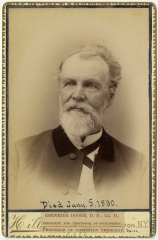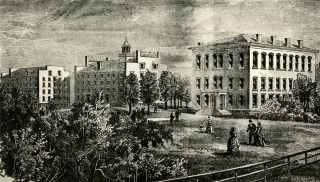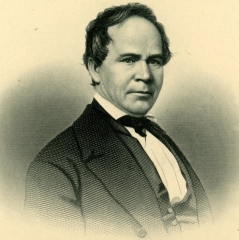Club of Colgate University “to furnish opportunities for social and literary association among its members.”
Faculty meetings at the outset of the Cutten administration were usually held once a month but presidential impatience with tedious professorial discussion led to scheduling them only three times a year-at the opening of the fall and spring semesters and in May or early June. Well-chosen committees were empowered to take action on many matters which would normally have come before the faculty and, from the late ’20’s on, their chairmen and the department heads met Sunday evenings at the President’s House. Meanwhile, the meetings of the Colgate Chapter of the American Association of University Professors became a substitute for faculty meetings and a free forum for airing opinions on campus affairs, especially in the late 1930’s when there was considerable dissatisfaction over the relationship of faculty, administration, and trustees in the operation of the University. Academic freedom or untrammeled classroom discussion the President staunchly supported.
The extensive curricular reorganization and innovation of the Cutten period may be traced to the Faculty Committee on Scholastic Standards, under Professor Greene’s chairmanship, which had been active prior to 1922 and which had been particularly concerned with freshman failures. Well-versed in literature on the problem as seen at other colleges, they recommended a special freshman course taught by a number of professors which was instituted in 1923. The first semester, called “Orientation,” covered such topics as: the University’s history, tradition and ideals; the meaning of college; the value of extracurricular activities; religion in the life of a student and how to study. The second, “The World of Nature and Man”, was an introduction to the physical, biological and social sciences. With the inauguration of the new surveys in philosophy and religion and in the biological sciences in 1928 and 1929, to be discussed later, and the promise of two more in the physical and social sciences, the course lost some of its usefulness and was abandoned. Meanwhile, in 1924, a special orientation program: in advance of registration had been established for a portion of the entering class, and six years later it became a project which the YMCA sponsored at nearby Lake Moraine. After 1937, however, all freshmen were required to attend a week of orientation on the campus.







